Best Extreme Cold Weather Clothing and Extreme Cold Weather Gear
For many, the winter months are viewed as a time for hibernating inside and shunning the bone chilling elements outside our front doors. But for others, the winter months provide a wealth of opportunity and invigorating crispness to get outside and tackle the outdoors. For me personally, winter equates to “runcation” training season, as I prep for the annual half marathon races that I habitually schedule in the spring. In fact, running in January is my welcome relief to training outside in July and August’s brutal heat! In order to run long distances, cycle, hike, or do any type of active travel outdoors in the winter, however, it is imperative that any athlete or active traveler have a firm understanding of layering and possess the knowledge for selecting the best extreme cold weather clothing and extreme cold weather gear!
Disclosure: Below are some affiliate links-these are all products I highly recommend. I won’t make any recommendations on this page that I haven’t tested or personally used! Enjoy this guide to all things cold weather gear and extreme cold weather clothing!
Table of Contents
Cold Weather Clothing Rule of 3:
Base, Mid, and Outer
In my younger days, I thought that bracing for cold weather activity meant looking for the heaviest, thickest jacket that I could find and bundling myself up underneath that. In truth, I did not give much thought as to what I choose to wear underneath that jacket, thus missing out on the most effective strategy for handling extreme cold weather and correctly utilizing extreme cold weather clothing. A much more efficient way to be an active athlete in frigid temperatures is to live by and utilize the Rule of 3: a wicking base layer, an insulating mid layer, and a breathable, weather resistant top outer shell layer.
The reason that layers are so effective in extreme cold weather clothing is that in between each of these 3 layers a cushion of air is created, which, as you exercise or are active, becomes warmed by your body heat. This creates multiple warming pockets of insulation. Layers also allow you more control in regulating your internal temperature, as you can not only utilize layers that are made for ventilation and breath-ability, but you can more easily shed layers as well.
Remember, two things happen when you exercise in the cold: first, once you get moving your body will warm up considerably, and second, once you stop moving your body will cool down very quickly. Layers of extreme cold weather clothing help combat each of these occurrences.
Each of these layers has a very specific role in your extreme cold weather defense system. What each piece of cold weather clothing has in common, however, is that they utilize fabrics such as Merino wool or other synthetic materials. This is because these fabrics wick sweat and moisture away and dry quickly. You do not want layers adjacent to or touching your skin to become wet, because in the winter months, this can lead to an uncomfortably clammy and cold situation.
Think of your layers as a transfer system, preventing moisture from pooling in one location, and instead, passing it along through your layers so that it has a chance to evaporate. In this post, I will break down the purpose of each layer, and give some recommendations for my tried and true favorites in each category.
Insider Tip: Never use cotton clothing for layering or for being active outdoors in the winter! Cotton fails at wicking and keeping you dry. Once it gets wet, it stays wet!
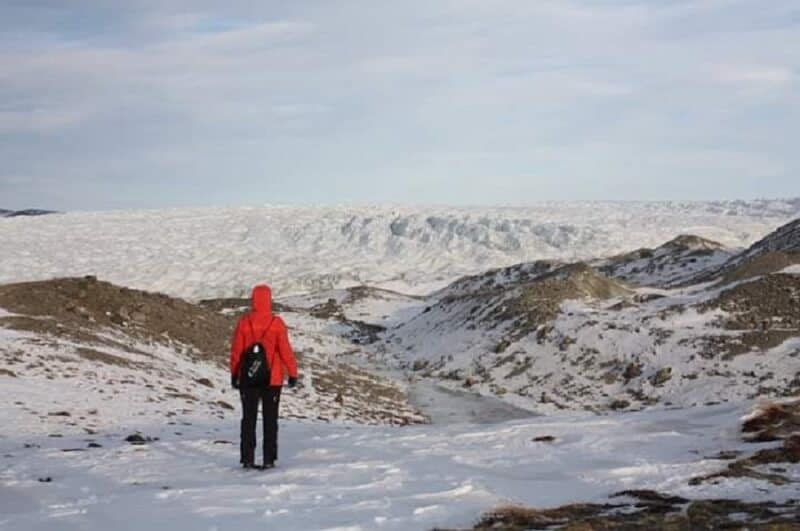
#1: Cold Weather Clothing Base Layer
The base layer is the layer immediately adjacent to and touching your skin. No matter how many top layers you end up shedding, always ensure that you have a correct base layer on, because that one assumingly will not be going anywhere!
Insider Tip: Base layer shirts and leggings often come in ultralight, light, midweight, and heavyweight versions. An ultralight or lightweight base layer is most effective for chilly fall or spring days, or mild winter days, whereas a midweight or heavyweight option might be better for staying active in freezing or close to freezing temperatures.
My go to brand for the majority of my cold weather clothing base layer needs is Icebreaker’s Merino wool. My Icebreaker go to’s for the heavier weight tops are their BodyFitZone 260 long sleeve crew and BodyFitZone 260 long sleeve half zip layers. Icebreaker’s BodyFitZone 260 line utilizes Merino wool and Merino mesh for ventilation and temperature regulation.
My typical base layer leggings that I run in are my Icebreaker BodyFitZone 260 leggings. These leggings are a heavyweight option with specialized fabric zones, and utilize IceBreaker’s trademark Merino wool. When the temperature drops into the extremes, coupled with or without uncooperative weather with a chance of rain or cold, gusty winds, I utilize a shell over my leggings, which I will explain in more detail below when discussing outer shell layers.
#2: Cold Weather Clothing Mid Layer
The name of the game for middle layers is wool! This life-changing and lifestyle changing material is a dual agent of wicking and warmth. I have always opted towards wool myself, and my tried and true, researched, tested, and proven recommendations are also wool based.
In keeping with the theme of layering, the middle layer must further the good work done by the base layer, and continue to disperse of sweat and moisture effectively, while taking on a good chunk of the insulating work. It is essentially a balancing act. The mid layer plays a crucial part in the layering system for cold weather. This is why choosing your insulating material very intentionally is vital.
My top recommendation for the middle insulating layer is once again the Merino wool line from extreme cold weather outfitters, Icebreaker. This brand, while possibly some of the more expensive items on my list of recommendations, utilizes highly efficient Merino wool throughout their line, whether you are buying base, middle, or outer layers.
I have utilized the Icebreaker brand for all 3 of my extreme cold weather layers. They are among the most expensive items in my cold weather active wear inventory, but they have proven to be well worth it and get the job done.
In my past life, I spent oodles of dollars buying different jackets for different purposes. A bulky, heavy jacket for casual wear on the coldest days, a lighter jacket for exercising and not overheating, a water resistant windbreaker for bad weather days, and a neutral jacket for just running out of the house. With my Icebreaker mid layer and outer layers, I was able to cut my inventory almost in half, while still having a superb defense against the elements.
For my mid layer, I use the Icebreaker Merino Women’s Quantum jacket in black, which serves a dual function. I can pull it off as either a casual jacket for everyday events, or as a layer to wear when running or hiking. Even on the coldest days, this jacket has kept me feeling warm, but not sweaty.
During long distance runs, the wool does its job by simultaneously keeping me dry, while creating that warm, insulating air cushion. It has a clean look to it, without appearing overly “sporty”, with Merino wool that feels heavenly on skin, and a slightly fitted tailoring that gives it an “everyday jacket” appearance.
Handy internal and external pockets, with a pass through for headphones, and built in mitten flaps on the sleeves, are a few of the other features that I love! This jacket comes with a fitted hood and zipper guard, which is great for keeping my hood securely in place while out running on even the most blustery of winter days.
Since Merino wool is also a superior odor resistant material, I have literally worn this jacket to run a 5k in the morning, and then worn it out to dinner later that night. No more multiple jackets for multiple situations! So yes, this jacket is expensive, but I recommend it for a reason. Not only is it a fantastic, dual purpose layer, it flexes and fits like a second skin when active! It will cover you in multiple cold weather situations, and you cannot beat the feel and effectiveness of the Merino wool.
Insider Tip: I feel that the Icebreaker line runs just slightly on the small side, so my recommendation would be to order a size up.
#3: Cold Weather Clothing Outer Shell Layer
Outer layers serve a dual purpose of acting as the first defense against the external elements, while providing breath-ability for the warmth underneath. It is imperative that your outer layer provides sufficient breath-ability for the insulating action happening underneath, otherwise, you run the risk of creating a dangerous situation in cold weather.
If your outer layer is not breathable, the warm emitting from the two bottom layers will be trapped and create an almost internal condensation situation, which can quickly become dangerous in extreme cold.
Outer layers come in both hard and soft shell options. I consider hard shell to be the more traditional of the two, although many soft shell brands have improved their weather resistant abilities. Look for an outer layer that scores high on 3 items: breath-ability/ventilation, wind resistance/windproof, and water resistance/waterproof. Look for specialized venting systems in place, as well as fabrics that have been specially treated for weather deterrence.
My recommendation for an outer top layer soft shell jacket is the Icebreaker Coriolis Windbreaker jacket. This outer shell top has strategic venting in place for breath-ability, Merino wool moisture wicking lining on the inside, and DWR treatment for wind and water resistance on the outside. It also comes with a fitted hood, zippered hand pockets, and reflectiveness for those darker winter days. Unlike some hard shell feels, this jacket has a flexible and less stiff feeling to it, which is very conducive for athletes in its responsiveness.
As far as hard shell jackets go, I actually opt against common puff or bulkier jackets, and instead, trust in my layering system beneath, and use this ultralightweight, compressible, Outdoor Research Helium II jacket. Now let me be clear, if you are hiking in sub zero extreme temperatures, you are going to want something more heavy duty. But for typical winter weather, a layering system of a quality wool base layer, plus a quality wool mid layer, plus the Outdoor Research Helium II jacket outer layer (in the event of precipitation), has more than sufficed for me personally. I tend to shed layers, and the ultralightweight-ness (literally only a couple ounces), and compactibility of the Helium II jacket (folds into itself to about the size of my hand), are huge plusses for me when I am constantly thinking about weight and space when packing my hiking gear!
For even the coldest of my winter runs and hikes, my insulated heavyweight leggings are usually enough to stay warm, as my legs do the most moving and generate the most energy. But when the weather is not cooperative, and there is a need to protect against gusty, cold winds or precipitation, I utilize a outer shell pant. My go to is the Pantagonia Torrentshell Pant.
These pants are waterproof, waterproof, and breathable, and as an added bonus they pull on easily over shoes and hiking boots. Additional extras are articulated knees for increased mobility, a self stuffing pocket option for easy packing, and water repellent zippers for extra protection.
These water resistant, pocketed, fleece leggings are another good option to consider if you want leggings with a little weather resistance, without having to worry about a hard shell outer layer. In all situations, before you hit the trails, do your research on the weather to help determine the level of preparedness you need to have regarding the weather and any potential precipitation.
Additional Recommendations for Extreme Cold Weather Gear
Don’t forget the extremities and extras of extreme cold weather gear!
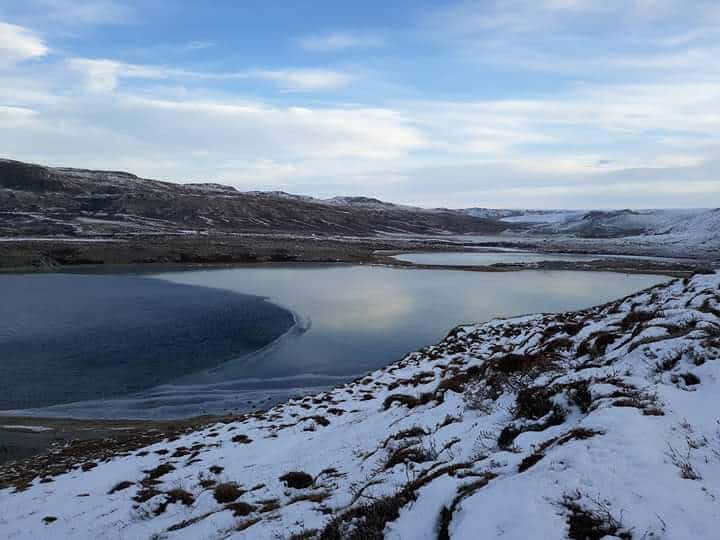
HeadBand and Beanie
It is true what they say, protecting your head is an important part of staying warm and a vital component of extreme cold weather gear. I use both a head band and a wool beanie in the coldest of weather. For just a chilly fall or spring day however, one or the other is sufficient.
My best recommendation for head bands is the Gore Wear brand. Their headbands are windproof, water resistant, and breathable. They excel in extreme cold weather, but can be used to block wind in any season. The inside fabric does a superb job of moisture wicking and keeping dry.
Gore Wear has made a reputable name for itself most notably amongst cyclists and bikers, a sport that involves an onslaught of oncoming wind. The wind-blocking protection of this head band has been well established, but it is a notable addition to any extreme cold weather gear list regardless of the activity planned, whether it is biking, running, or hiking.
Couple this head band with a Smartwool Merino beanie, and you will really be in business. The Smartwool line comes in a myriad of colors and patterns, for the fashion forward athlete and active traveler. The Merino wool regulates moisture and warmth, is odor resistant as is typical of Merino wool, and provides a double layer of protection with the cuffed ear band.
Gloves
North Face is my top recommendation for gloves, specifically, their fleece infused Etip glove line. Invest in the traditional Etip glove, or the heavyweight Denali Etip glove for additional thermal protection. This line is touch screen capable and compatible.
Socks
Nothing is worse than running or hiking in wet, clammy, or cold socks. Again, wool is my recommended fabric of choice for cold weather gear footwear. Smartwool, Gore Wear, and Darn Tough pump out my 3 top go to recommendations. One thing I always look for in a cold weather sock, is a sock with at least mid crew height, so as not to leave any amount of skin exposed at the pant leg.
- Smartwool PhD Run Cold Weather Mid Crew packs a punch of wool with 55% composure, and is gender specific and fitted to avoid sock slouch during activity.
- Gore Wear M Thermo Mid socks are made of wool, with an anti-slippage band, and additional support at the toes and heel.
- Darn Tough Vertex Run Micro Crew Ultra Light Cushion socks are also composed of wool, with an additional layer of cushioning. All three of these sock brands are efficient at moisture wicking due to their Merino wool composure.
Head Wear Buff
Buff is the most recognized brand in the versatile head wear game. In extreme cold temperatures, it is important to protect every inch of skin and not leave anything exposed and undefended to the elements. This multi-functional ware can be used to protect the neck and head in a multitude of ways.
My preferred reversible Buff is made of fleece, has eight different variations, and offers a defense against cold and wind. Buffs come in a spectrum of colors, and can be used as a mask, a hood or cap, or a neck warmer. It can be pulled up over the mouth to warm the air you are breathing as well.
Sunglasses
Protecting your eyes from UV exposure is important year round, especially in winter when white snowscapes can create an additional glare and strain on eyes. Under Armour provides a winner in their Rival brand, with excellent UV and glare protection, as well as tested flexibility and durability.
Spikes
If you are planning to run on snow or ice, then spikes are a necessary piece of your extreme cold weather gear. There are several brands that provide spikes that can be attached to your regular brand of shoe. Kahtoola is the brand that I used during my “runcation” at the Polar Circle Marathon in Greenland, and they offer both nanospike and microspike options. In most situations dealing with ice and snow, I would recommend the microspike option with superior traction, grip, and reliability. As with the shoes themselves, take special care in determining the sizing for your spikes, based on the sizing of your intended host shoe.
Chapstick or Vaseline
So this may not be technically a piece of gear, but I find it to be one of my most crucial pieces gear for running or hiking outside. Especially on bitterly cold or windy days, protecting your lips is a must!
Now you are ready, with the knowledge of layering for cold weather, and recommendations for the best extreme cold weather clothing and extreme cold weather gear, to take on that Colorado hike in January, or that marathon run in Montana in February! Or maybe I will see you racing at the Polar Circle Marathon in Greenland come October!
Read More: Planning to use this guide to extreme cold weather clothing and extreme cold weather gear as you plan your next outdoors getaway? Couple your clothing and gear knowledge with everything else you need to know for tackling an epic outdoor adventure or active travel experience, such as how to train for your first half marathon, or a guide to everything you need for a backpacking trip!
PIN for LATER!


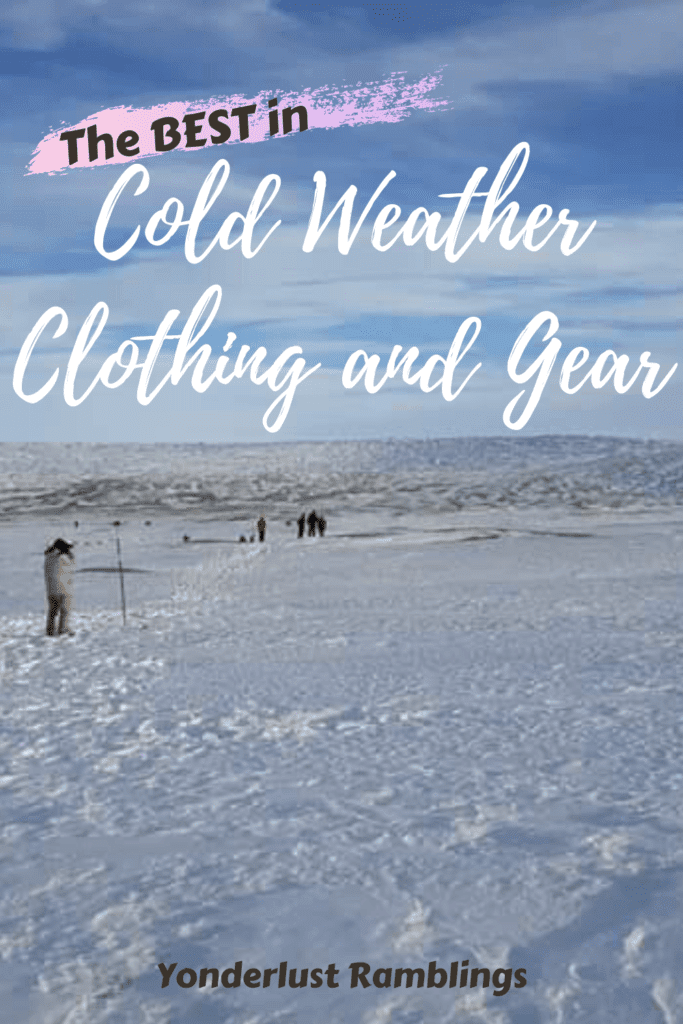
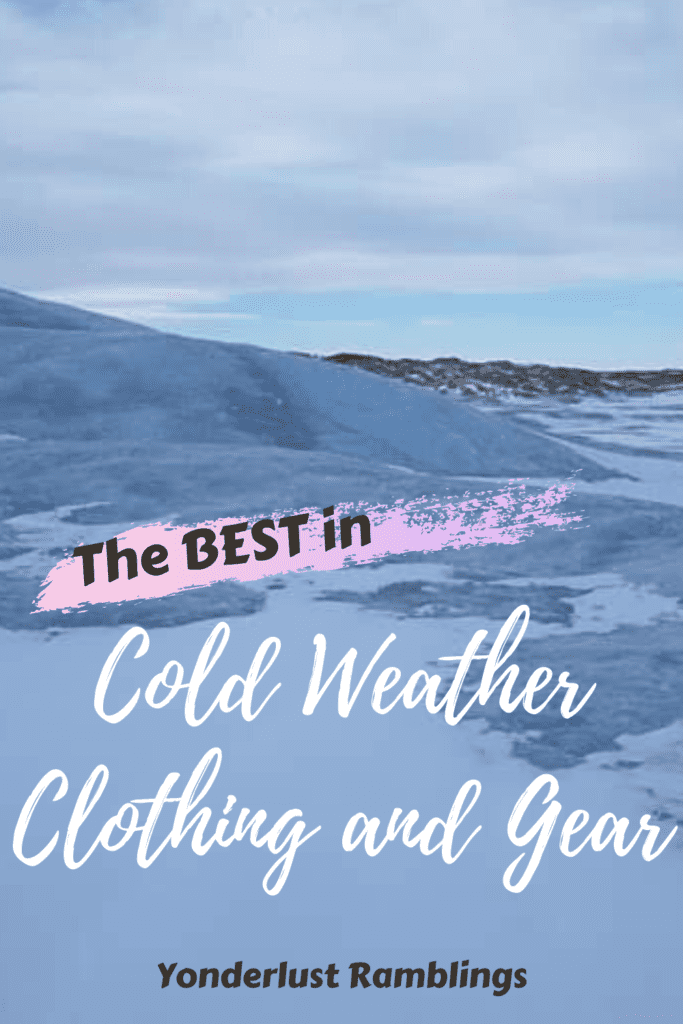
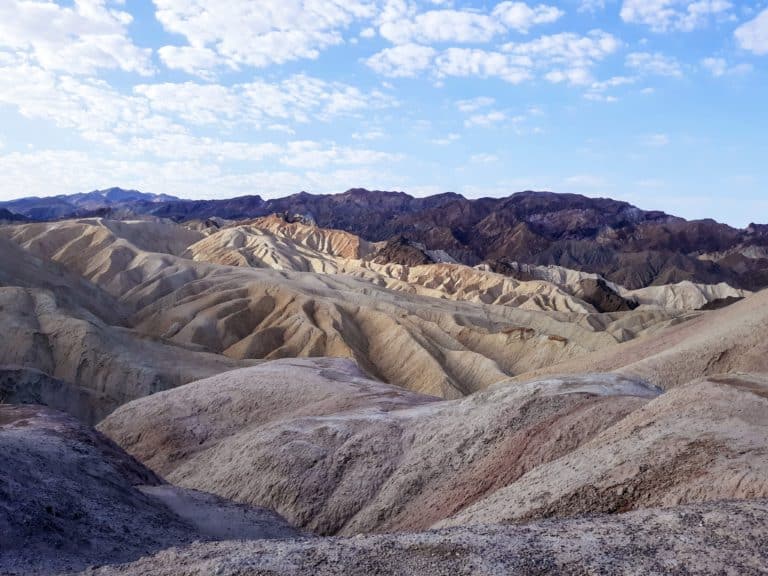
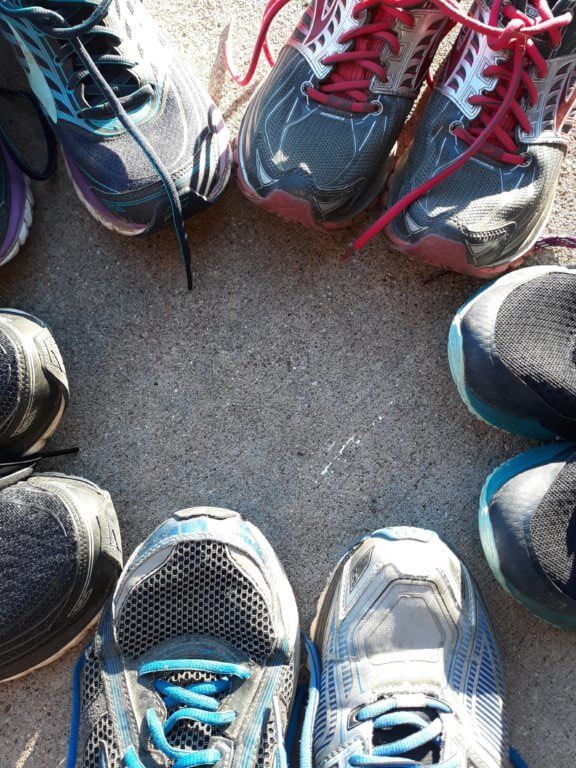
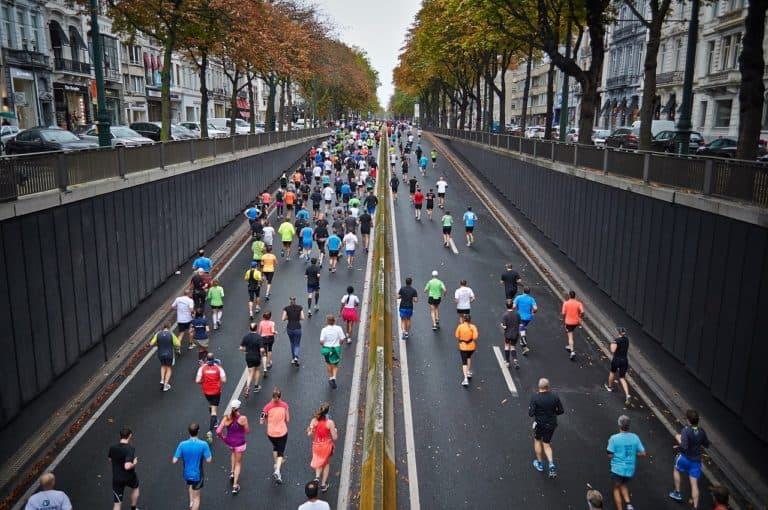
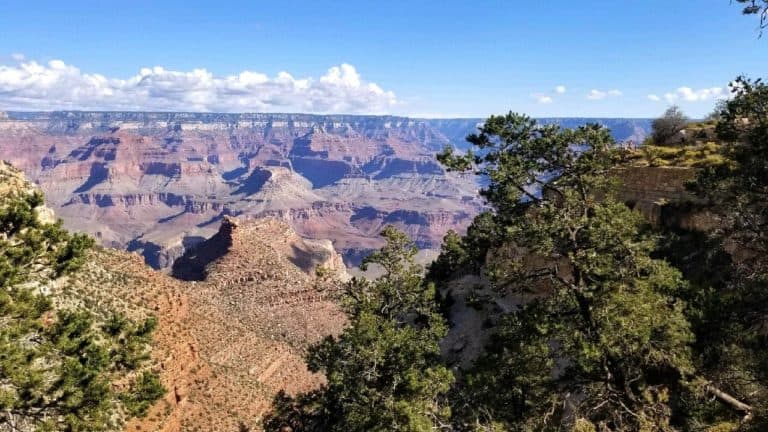
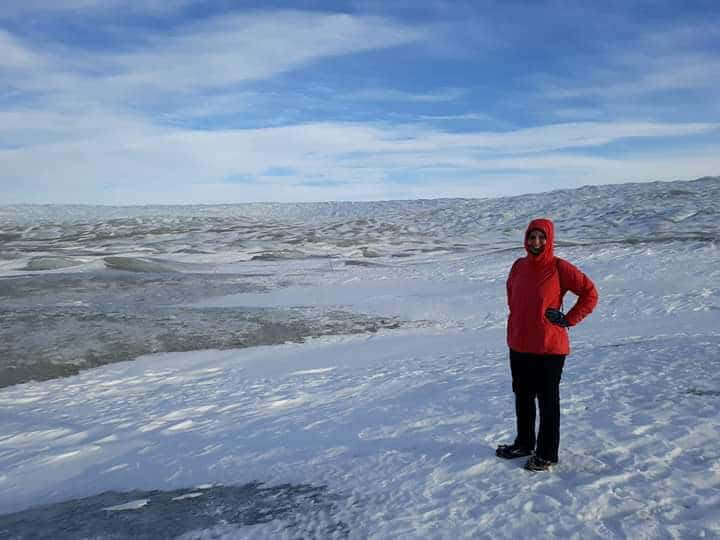

These are great recommendations. Layers really make the difference . These items look very stylish too. Thanks for sharing!
Wish I had some of these products before the unbearable winter freeze we are having this year. It would have helped a lot!
Thank you so much for this article & the information. I have taken your advice & bought some of the items you have suggested.
My husband & I are running in Greenland in around 8 weeks. Would you have any recommendations for shoes to run in the polar circle marathon?
Hi Cindy,
That is by far my favorite race I’ve ever run, you will be blown away when you see the ice cap! I ran in Brooks Glycerins for that race – it is mostly road running with a part on the ice cap. The big thing to note though is that you will need to run with microspikes to be able to safely run on the ice cap! My Kahtoola microspikes were perfect! If you don’t want to have to fly with them, I believe the group sold them during the days leading up to the race, but I would confirm that with them, and then you can buy them once you arrive in Greenland! Best of luck, you will absolutely love it!